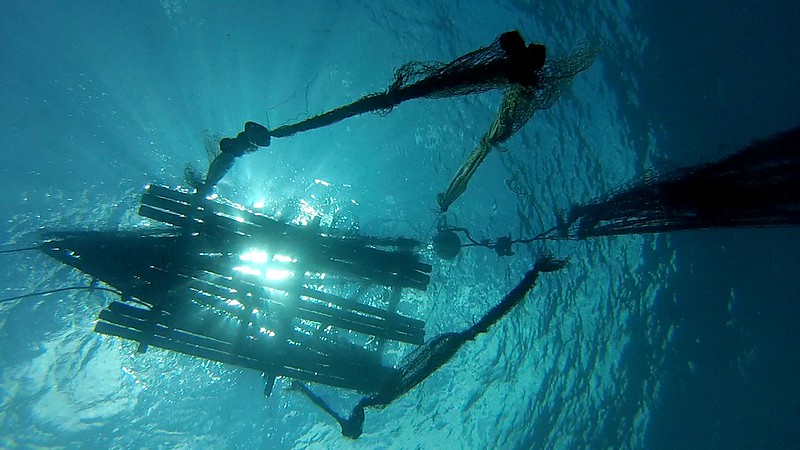About
Fish in the open ocean are attracted to structures and tend to gather around any floating object. Fishermen have long capitalized on this behavior by creating fish aggregating devices (FADs) to attract and concentrate fish in specific areas, making them easier to catch. The use of FADs is ubiquitous across tropical tuna purse seine fisheries with FAD-associated fishing accounting for close to 40% of global landings of skipjack, bigeye, and yellowfin tunas. FADs increase fishing efficiency, which means less fuel used in search of fish, higher profits, and ultimately lower consumer prices.
Currently, an estimated 20,000-40,000 drifting FADs are deployed annually in the Western and Central Pacific Ocean, with 16,000-25,000 in the Eastern Pacific Ocean. However, the widespread use of drifting FADs comes with significant environmental consequences. These devices contribute to increased bycatch of vulnerable species and pose challenges to long-term tuna sustainability. Moreover, when FADs are not retrieved, they become marine litter, drifting freely and often entangling and killing marine life. This issue is particularly concerning in French Polynesia, where FAD strandings are becoming increasingly common and causing substantial damage to local marine ecosystems, even though none of these FADs originate in French Polynesia.
This project explores innovative solutions aimed at mitigating the impacts of FADs while allowing for their continued use.
